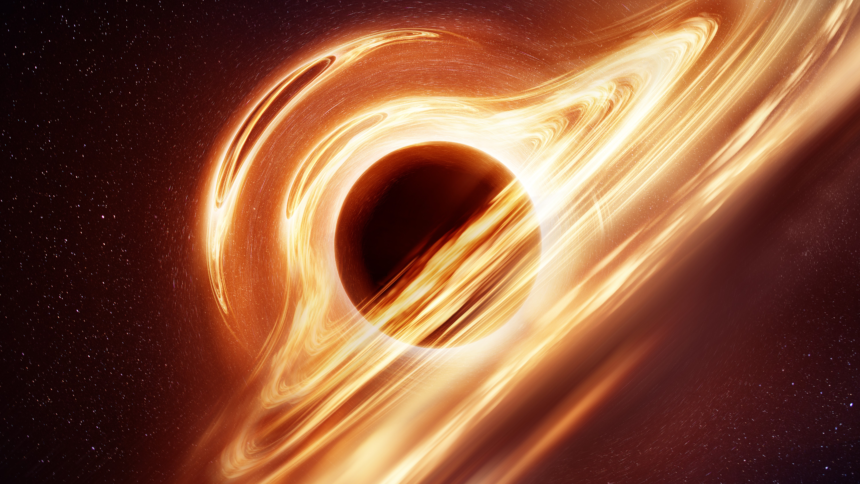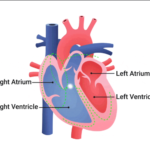Dive deep into the mysteries of Black Holes. A comprehensive guide to the unexplainable wonders of the universe – explore the universe.
The mysteries of black holes : Introduction
Black Holes, despite their enigmatic name, are far from empty voids. These cosmic entities are concentrations of matter packed into incredibly tiny spaces, the remnants of massive stars that have undergone gravitational collapse. Picture a star ten times more massive than our Sun, compressed into a sphere roughly the size of New York City. The consequence is a gravitational field so powerful that even light cannot escape its grasp. Recent advancements in NASA’s observational instruments have brought about a deeper understanding of these captivating celestial phenomena, revealing their profound influence on the surrounding cosmic neighborhood.
ALSO READ : Orange Rivers : Unraveling The Mysterious Transformation Of Alaska’s Rivers Into Shades Of Orange
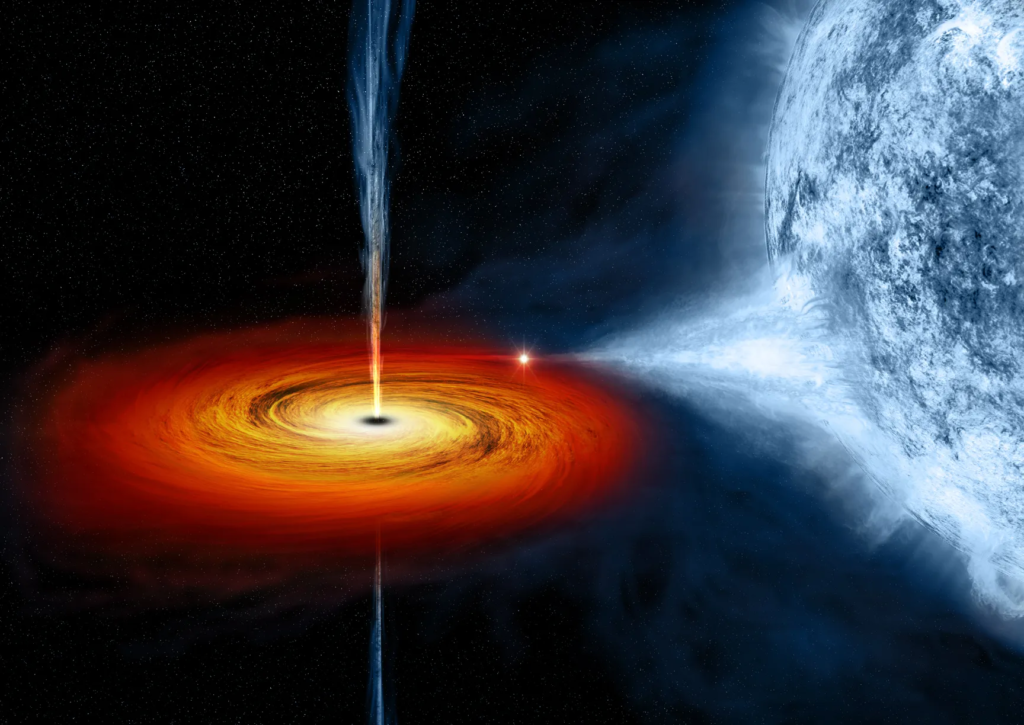
Einstein’s prediction
The notion of celestial bodies so massive and dense that even light cannot escape has a history dating back centuries. Albert Einstein’s theory of general relativity famously predicted the existence of black holes. According to this theory, when a massive star exhausts its nuclear fuel, it leaves behind a small, dense core. If this core’s mass exceeds three times that of the Sun, gravity dominates all other forces, resulting in the formation of a black hole.
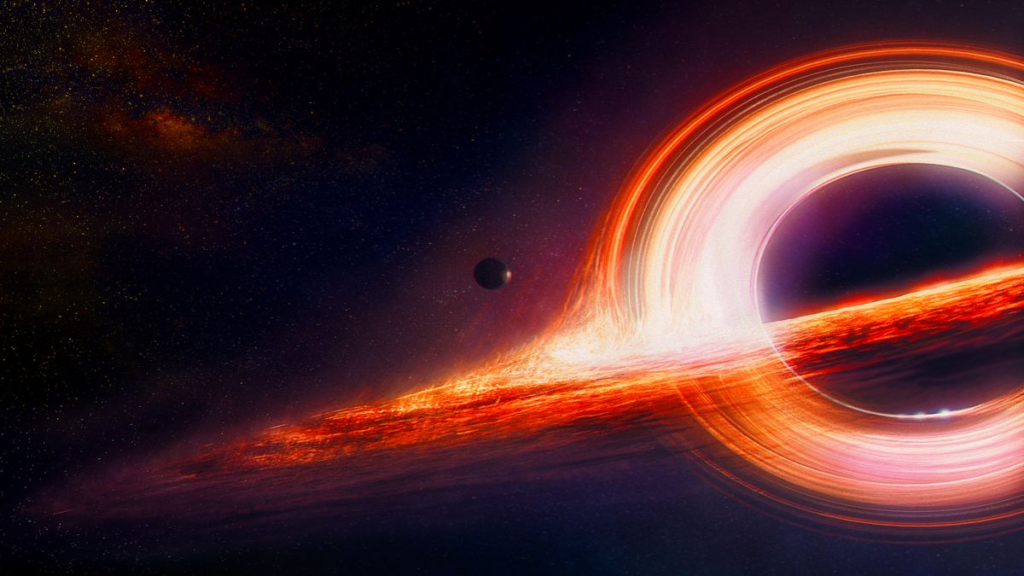
Observing the unobservable
Direct observation of black holes remains elusive due to their nature. Telescopes detecting electromagnetic radiation, such as x-rays or light, cannot capture these cosmic entities. However, scientists can indirectly study this holes by observing their effects on surrounding matter. For instance, when a black hole passes through interstellar matter, it induces accretion, drawing matter inward. Similarly, the gravitational forces of this hole can tear apart a nearby star, emitting x-rays as the attracted matter accelerates and heats up.
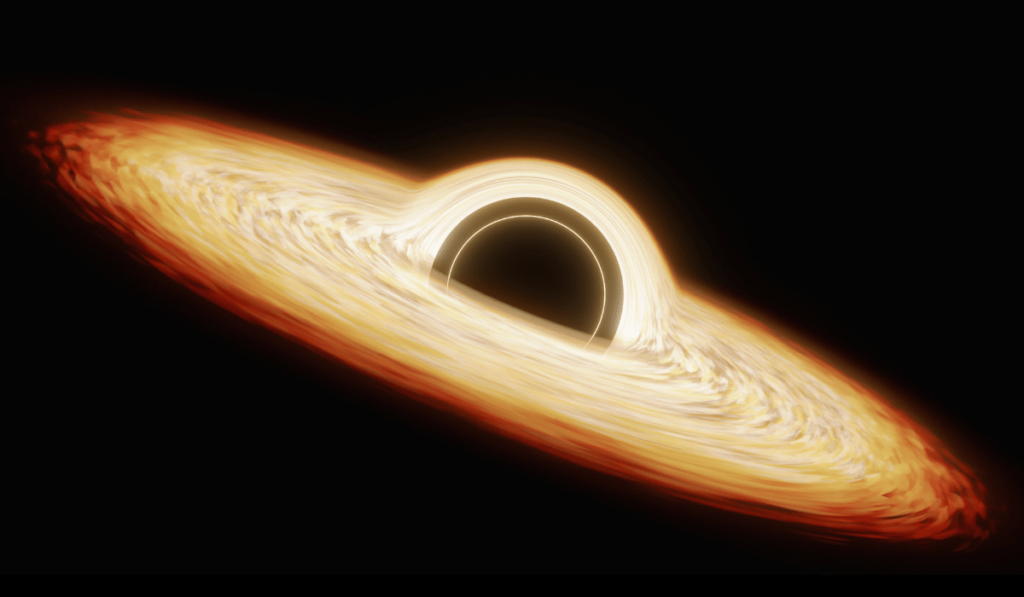
Astronomical Consequences:
Recent discoveries indicate that black holes wield a substantial influence on their cosmic surroundings. Emitting powerful gamma-ray bursts, consuming nearby stars, and even influencing the growth of new stars in some regions while stalling it in others, these holes are dynamic players in the cosmic ballet.
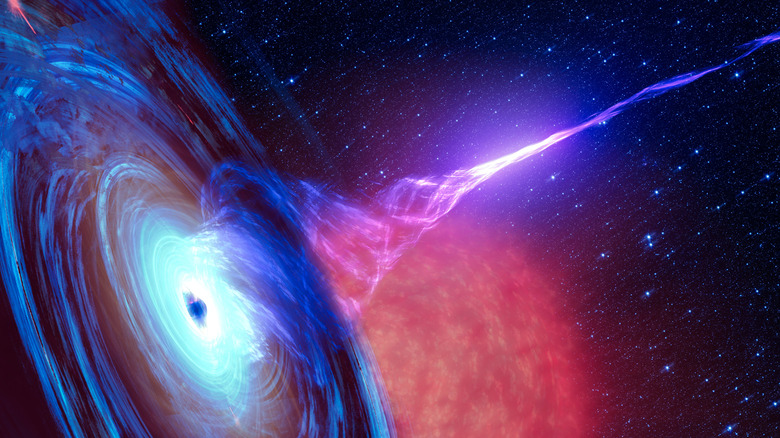
One star’s end is a black hole’s beginning
Most black holes originate from the remnants of large stars that meet their demise in a supernova explosion. If the star’s mass exceeds a critical threshold (about three times that of the Sun), gravity ensures its collapse, leading to the formation of a black hole. The process is accompanied by a fascinating relativistic effect: as the collapsing star approaches the event horizon, time on its surface slows relative to distant observers, eventually freezing at the event horizon.
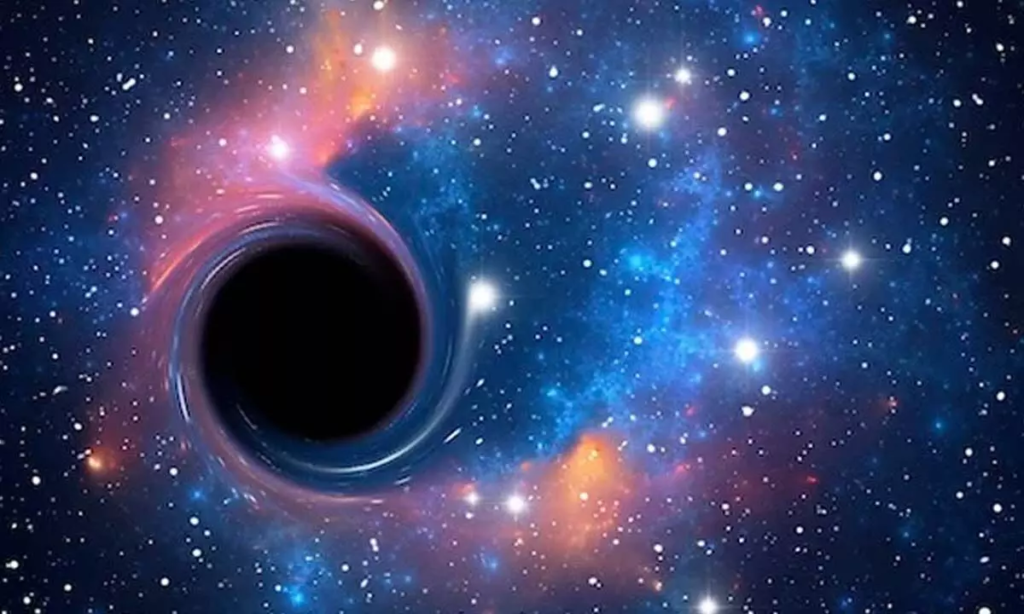
Babies and giants
Black holes manifest in two distinct size scales. “Stellar mass” black holes, remnants of massive stars, range from 10 to 24 times the mass of the Sun. Detection is challenging, but estimates suggest there could be millions to billions in our Milky Way alone. On the other end of the spectrum are “supermassive” black holes, millions or even billions of times the Sun’s mass, believed to reside at the centers of large galaxies.
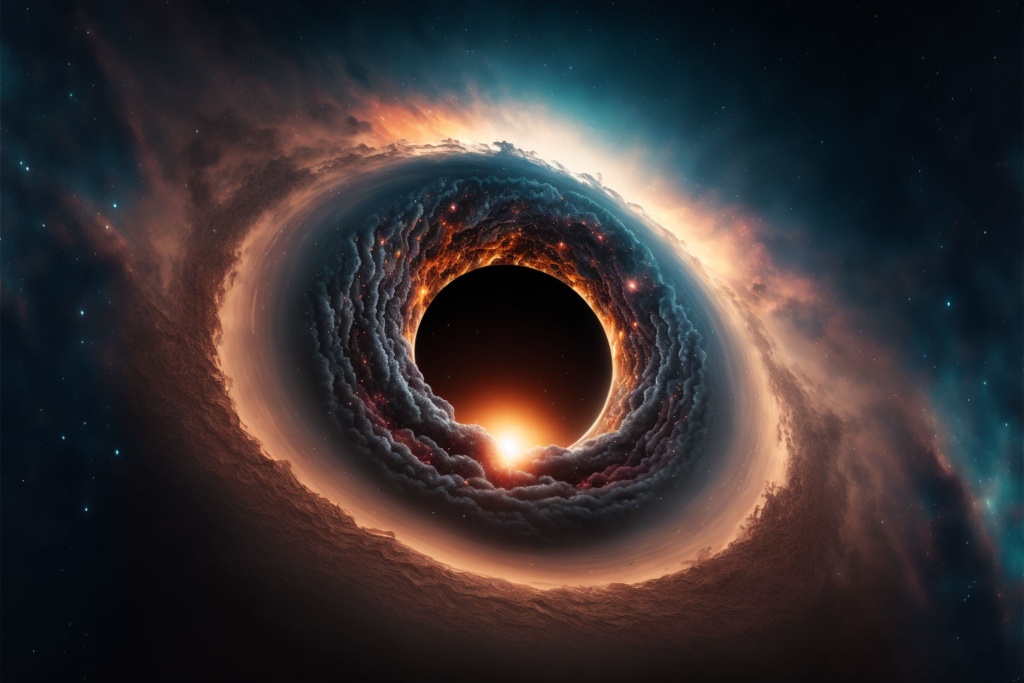
Mid-sized enigma
Historically, scientists believed in the existence of either stellar or supermassive black holes. Recent evidence challenges this dichotomy, suggesting the existence of mid-sized black holes. These enigmatic entities may form through a cascade of star collisions in compact clusters, eventually merging into supermassive black holes at the galaxy’s core.
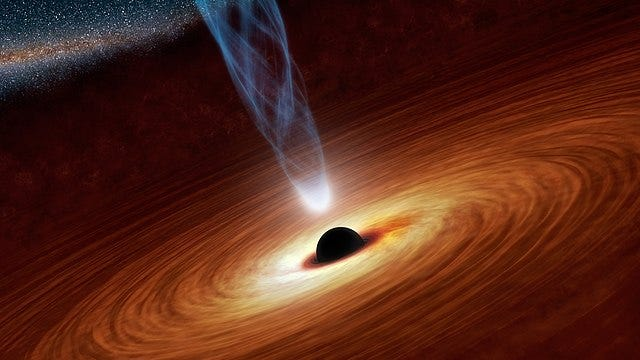
Conclusion
The study of black holes continues to be an odyssey into the mysterious realms of our universe. From their inception in Einstein’s equations to the recent revelations from cutting-edge telescopes, black holes remain one of the cosmos’ most enigmatic entities. As technology advances and our understanding deepens, the cosmic dance between these gravitational behemoths and the surrounding universe will undoubtedly unveil more secrets, propelling us further into the fascinating world of black holes.
To explore more news : Click Here
ALSO READ : The Dynamic World Of Volcanoes : Nature’s Fiery Spectacle







